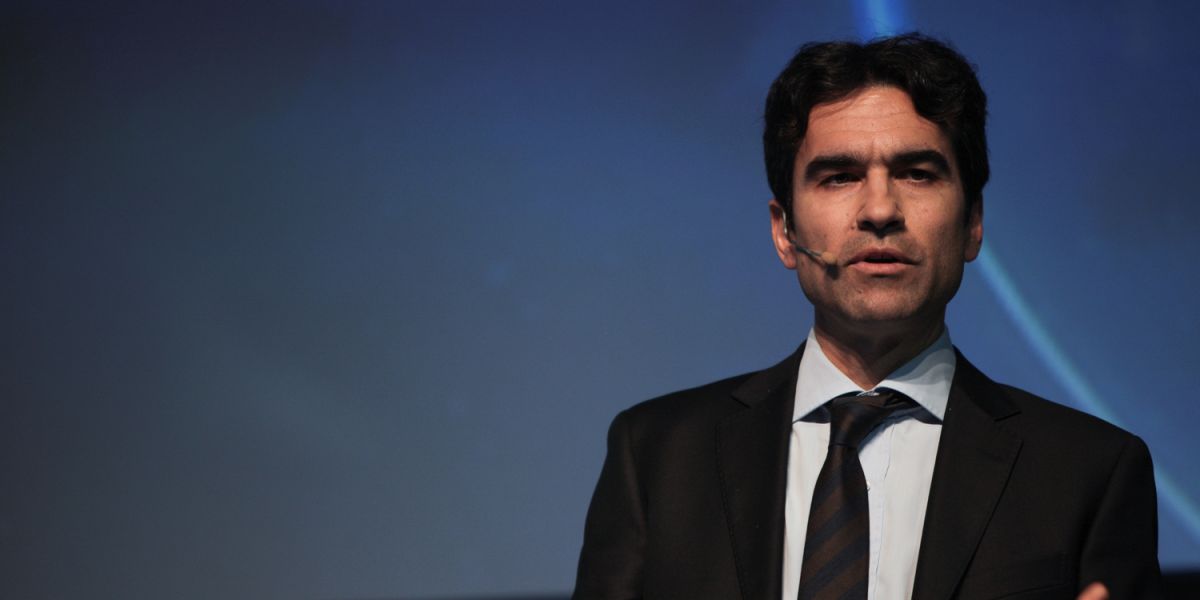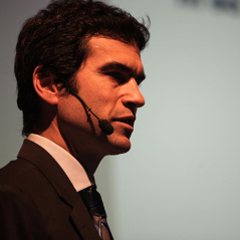According to Alessandro Pirri, Director Connectivity & FTTx, Prsymian, the potential transmission bandwidth of fibre isn’t being used in the most efficient manner. “Smart designs can help existing and new users to get even more out of their investments. The latest generation of bend-insensitive fibre can provide access to extremely high bandwidth without sacrificing on ease of use and quality.”
Tapping fibre’s potential
Bend-insensitive fibre was initially developed to provide macro bend-insensitivity to accommodate bends and corners. However, it also scores very well with regard to micro bend-insensitivity, which means it is resistant to micro-local effects that can pressure the fibres. This ensures very low losses and extremely good attenuation in all bands, right up to the highest (L and U) bands. These bands are crucial for nextgeneration PON systems, which plan to use all wavelength bands from 1260nm to 1610nm and higher.
“Ranging from the O-band at 1260nm to the U-band up to 1675nm - a range of nearly 400nm - optical fibre has an inherent capability to deliver up to 60TeraHertz of bandwidth” Alessandro explains. “You can leverage the characteristics of this fibre to deliver a wide variety of designs for different applications. Today, fibre, cable and connectivity producers around the world face the challenge of turning this considerable theoretical potential into day-to-day real life deployments.”
Real-life example: Chorus Rural Broadband Initiative (RBI) and Ultra Fast Broadband (UFB)
One example of how this can be done is provided by Chorus, the New Zealand National Operator which transformed its network with BendBrightxs fibre. Specific spectrum benefits were needed to support bandwidth growth toward 10GPON and 100G linking, driven by increasing trends to OTT and IPTV offerings. The fibre used also had to be extremely forgiving during rollouts and fully backward compatible with G652D, the most commonly deployed fibre in New Zealand since its introduction by the ITU in 2003.
Chorus now has the largest portion of its new UFB build in place using BendBrightXSA2 fibre, and the company is seeing the benefits from implementing this strategy. These include less splicing time, less rework, lower machine costs, recovery of up to 1dB compared to ‘standard’ or mixed G65x, less bidirectional testing, the possibility of aligning cladding and improved commissioning OTDR time.
Alessandro concludes: “In short, a high quality physical infrastructure can be created and accepted faster, which offers scope for ongoing development. This is largely thanks to the unlocking of optical fibre’s ‘Buried Spectrum’ with bend-insensitive fibre. Many industries are already seeing huge performance improvements, thanks to the enormous bandwidth capacity of current products. But there is still a tremendous amount of potential waiting to be unlocked!”


